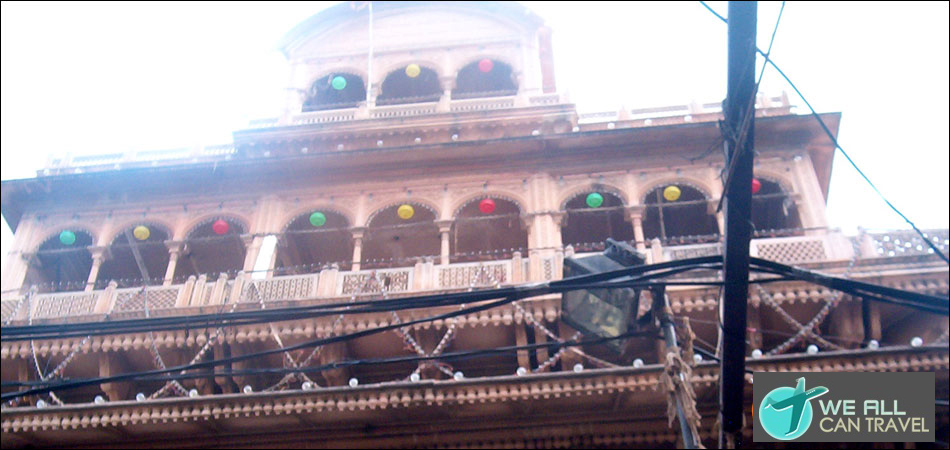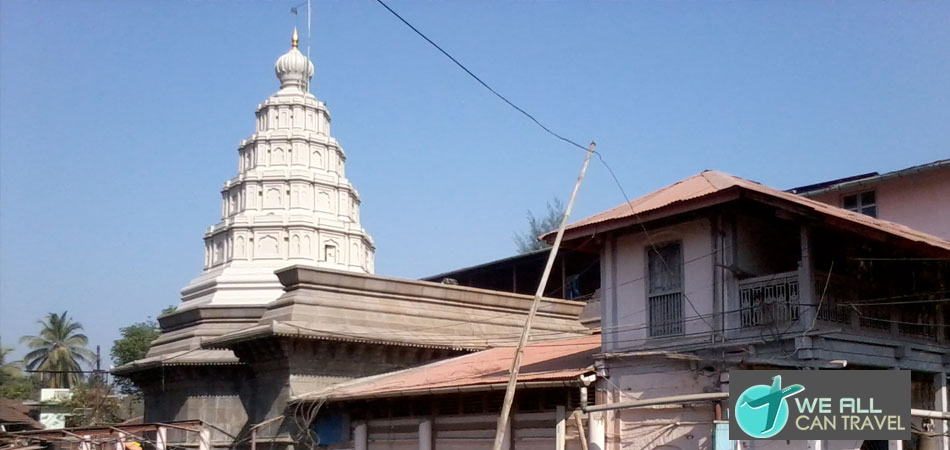Legend Of Hadimba Temple
Hadimba, a 'Rakshashi' in the Mahabharat has been deified and is worshipped in this area. According to Mahabharat 'Hadimb Rakshash' ruled some of the sub-mountainous tracts of the Himalayas. His sister was Hadimba or Hidimba.
In their wanderings the Pandavas, along with their mother, after escaping from the wax house unhurt came to the territory of Hadimb Rakshash. Bhima fell in love with Hadimba, the sister of the ruler. Bhima could marry her only after killing the brother. The pair-lived in the valley for about a year after which Bhima joined his brothers and mother. Hadimba gave birth to a son who was named 'Ghototkachh'. Till Ghototkachh was a minor, Hadimba looked after her country. She retired to the inner hills, for meditation, when her son Ghototkachh, a great warrior took over the country. Ghototkachh was a good administrator. Dhungri was the place near Manali where Hadimba had resorted for meditation. A temple of Hadimba in 'pagoda' style was raised and she became Devi Hadimba. Hadimba had supernatural powers owing to 'tapashya' and was kind to her people. Hadimba became the patron-deity of the Rajas of Kullu . The Tilak ceremony of every Raja of Kulu has to be done with the permission of the goddess and after worshipping her a, buffalo is sacrificed.
Certain ceremonials where the patron deity is closely associated have to be performed in the Dussehra festival of Kulu. The Dussehra festival is held at Dhalpur Maidan and as mentioned the idol of Raghunathji is taken there. From his temple the goddess Hadimba blesses the ceremonial horse. The ceremony is called as 'Ghor Pooja'.
The pagoda type wooden temple of the goddess at Dhungri is according to Hira Nand Shastri, the antiquarian about 500 years old. No idol is enshrined and only a foot-print on a stone is kept within.Raja Bahadur Singh who built the temple is commemorated by a fair held on the first of Savan annually named as 'Bahadur Singh Re Jatar.' This Mela is also called as Saroohni, which is symbolic of the completion of the transplanting of paddy.
Hadimba goddess has been humanized by the people and made their own. On the first of 'Jaith', or 14th of May, another Mela is held to celebrate birthday of the goddess Hadimba. This Mela is held in the Dhungri forest. It lasts for three days. Thousands of men, women and children participate in the Mela. Rice-bear (Lungri) flows among both men and women who make themselves merry in music and dance.
There is another indigenous ceremony. The deities, Kartikswami of Simsa, Chhandal Rishi of Parsha, shrishti Narayan of Aleo, Shriganh of Jagatsukh, Vishnu of Shajla, Maladevi of Sial and Sankh Narayan of Nasogi, are brought in processions with proper music by their followers to Dhungri. On the 4th day, the fair shifts to the temple of Manu in the village Manali . The Dhungri forest provides a grand setting to the assemblage of hill women in their colorful clothes./
 >> Amarnath Temple
>> Amarnath Temple >> Bagnath Temple
>> Bagnath Temple >> Banke-Bihari Temple
>> Banke-Bihari Temple >> Bhimakali Temple
>> Bhimakali Temple >> Bhojeshwar Temple
>> Bhojeshwar Temple